Why do we grow plants?
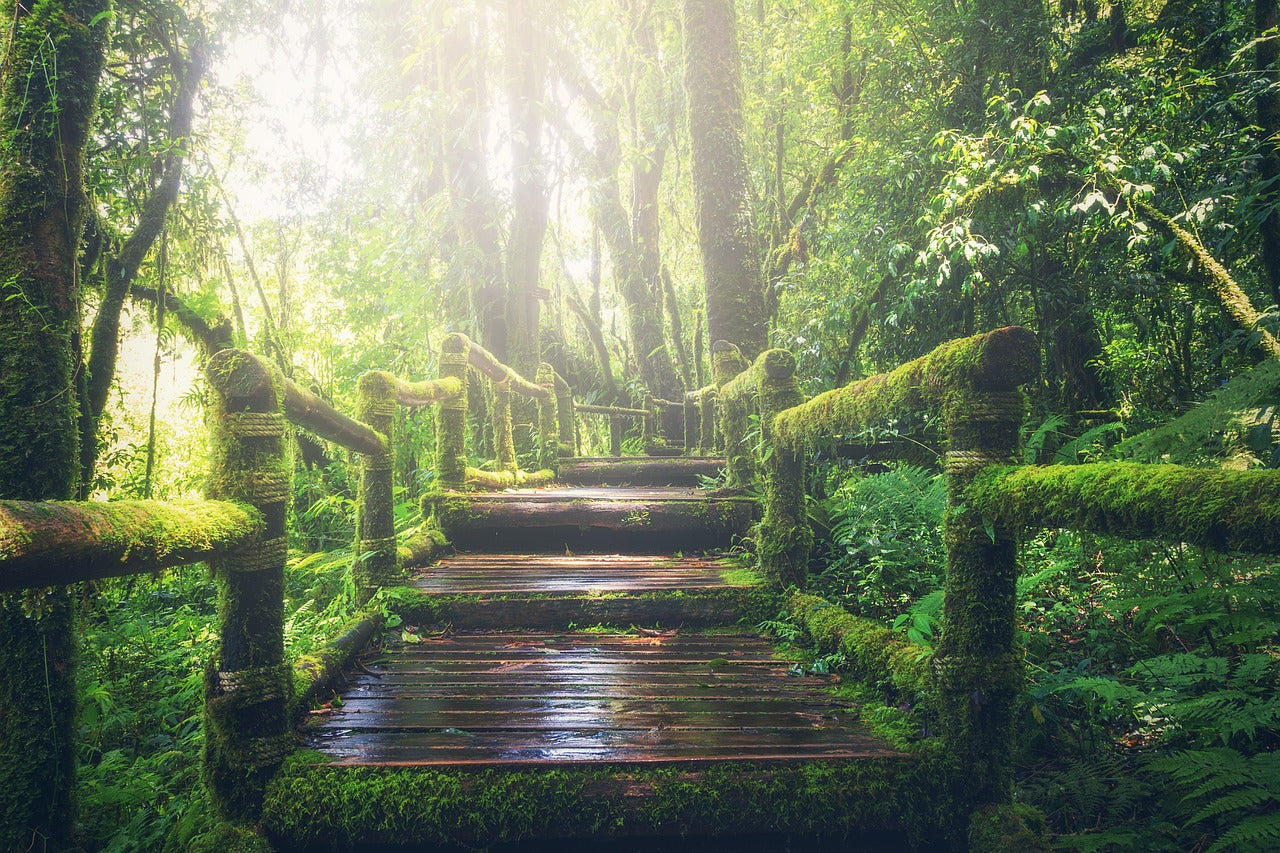
It should come as no surprise that as makers of Botanium, we are fascinated with plants.
Having grown hundreds of plants, it never ceases to amaze me how something like a small seed can grow into a big plant. Built into this tiny seed are instructions to build stems, leaves, flowers and fruit - using only air, water and a couple of minerals and powering this process with light. At this day and age we might think that most life is documented, but there are still 2000 new plant species discovered every year.
Plants are extremely versatile and can found in the most extreme environments. The way they live, spread and co-exist together with animals is impressive, considering they don’t have a central nervous system like animals. Plants are not as passive as they seem - they can eat insects, shoot their seeds a long distance, manipulate animals into protecting them, respond to touch, and even mimic the appearance of other plants in their vicinity.

It’s fascinating, mysterious and beautiful how such intelligence can exist without a brain. Being a decentralized organism, a plant is better categorized as a colony of plant cells than as a "plant individual". Actually it can be argued that every single root hair and every branch on a plant is a different plant, since they act independently without any common goal for the whole plant. This is why you can create a clone by cutting a branch off, and letting in grow new roots in a glass of water or a Botanium.
Plants are a lot more sensitive to their surroundings than animals are. The root apex of a plant has the capacity to detect 20 different physical and chemical parameters including gravity, light, magnetic fields, pathogens and more. This makes sense since a plant can't go anywhere and it really needs to adapt to its' immediate environment.
Plants for food and as air cleaners
As humans, we are completely dependent on plants. Even if you are on a meat-only diet, there would be no meat were it not for the unique ability of plants to use the sun’s energy and convert it into something that animals can live on. At least 80% of the biomass on Earth consists of plants, and along with algae and cyanobacteria they are the only organisms that can use photosynthesis. In this process of turning carbon dioxide, minerals and water into carbohydrates, fat and protein, they also create the oxygen we breathe.
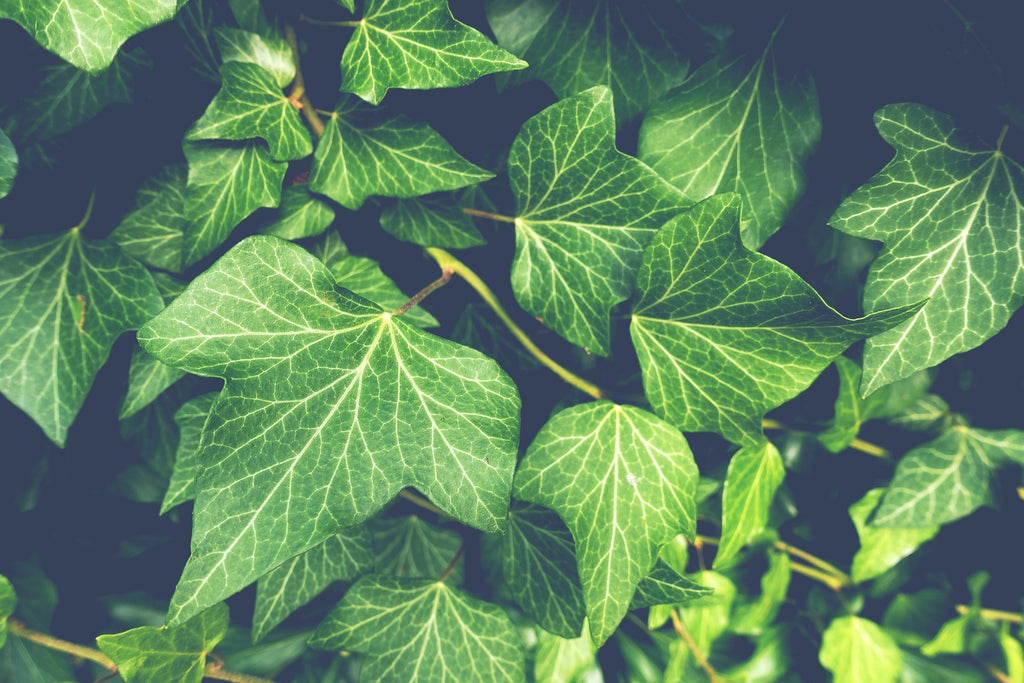
The common ivy
NASA has conducted research on the air purifying abilities of plants and have found out that their roots can clean the air from pollutants.[1] The common ivy can absorb 90% of all the air borne benzene (a common indoors cancerogen) in a room in just 24 hours. Don’t expect a single houseplant to clean all your air though - it depends a lot on the size of your room, ventilation and other factors. Why NASA is doing research on plants is simply because they is no way to perform long distance space travel without bringing plants on board.
Plants for medicine and intoxication
Plants don’t only provide food and oxygen, they affect us in many more ways. Humans have long used plants for medicine and for intoxication. Even though a plant like cannabis can lower pain [2], garlic can lower blood pressure [3] and that Echinacea can reduce the length and symptoms of the common cold [4], there is a tendency to greatly exaggerate the effect of herbal medicin. There is for example no strong evidence of any herbal remedies curing cancer. And home remedies, such as supplementing with apple cider vinegar against arthritis, usually don’t have any scientific support. It seems like a primarily plant-based diet can prevent many western diseases, but that herbal medicines have a very minor effect once you have gotten sick.

Two of the world's most common drugs: tobacco and coffee
Plants can in more direct ways affect our subjective experience of the world, as in the case of common mood-altering substances such as tobacco and coffee. Some less common examples, having a long history of ritualistic uses, are peyote, ayahuasca and salvia divinorum, which all contain chemical compounds that create powerful hallucinations and changes in mood and behavior in humans who ingest them. The purpose of these chemicals does seem to be a protection against pathogens, insects and animals. They are meant to deter herbivores, but the way these plants affect brain cell receptors in mammals have instead given humans a reason to cultivate them. As also is the case with coffee, tea, tobacco and cannabis, these plants thus get a huge reproductive advantage over other plants thanks to their special relationship to humans.
Plants for well-being
As a species, we are shaped by our dependance on plants. Interestingly enough, the human eye is most sensitive for green hues, which makes sense if you consider that we evolved on the savanna - not in an environment consisting of concrete and tarmac. Seeing more shades of green made it easier for early humans to find or avoid specific types of plants.
We are naturally drawn to plants because they make us feel good. One study [5] found that patients recovering from surgery had lower ratings of pain, anxiety, and fatigue when placed in rooms with plants. The patients were released sooner, because their recovery was faster.

Interaction with indoor plants has also been shown to reduce stress [6] and improve cognitive ability and concentration. [7]
Why we grow
Some 12 000 years ago, humans understood how to systematically grow plants for food, and the world changed because of that. Crops like corn, wheat and rice have spread all over the world because of agriculture. Why people still are drawn to growing plants, even though our survival does not depend on it anymore (as very few grow all their food), might be because we have a built-in connection to plants that give them meaning beyond food sources or mood-altering substances.
They are creating our oxygen, changing our mood, and improving our well being with their mere appearance and presence. You could argue that if you want to have plants just for the ornamental qualities of it, why not get an artificial plant? Some artificial plants are amazingly similar to real plants, and if you don’t touch them or examine them closely, it’s almost impossible to tell the difference.
The important difference, however, is the context, the knowledge that growing a small plant in your home is like having a little slice of nature that is dependent on you - a Tamagotchi of sorts - and you get invested in it, since you have watched it grow up a little bit everyday. It is something that is alive, it has cells like you, and it needs water just like you. It is as dependent on the carbon dioxide we breathe as we are dependent on the oxygen it produces. And when you consider this, you can feel a special connection to plants, and nature in general. Just consider the fact that plants and people all had the same ancestor, billions of years ago. Half of our genes are actually also found in bananas!

We humans have created indoor environments that more often than not are as barren as the desert (on the other hand, deserts do actually have plants). For the sake of our health and well-being, we need to bring plants back into our daily life.
As more people move from nature into cities, nature needs to move in with us.
References:
[1] https://ntrs.nasa.gov/search.jsp?R=19930073077
[2] https://www.ncbi.nlm.nih.gov/books/NBK224384/
[3] https://www.ncbi.nlm.nih.gov/pubmed/8942410
[4] https://www.ncbi.nlm.nih.gov/pubmed/14657066
[5] https://www.ncbi.nlm.nih.gov/pubmed/19715461
[6] https://www.ncbi.nlm.nih.gov/pmc/articles/PMC4419447/
[7] Nancy Wells, Cornell College of Human Ecology, University of Michigan (2002)


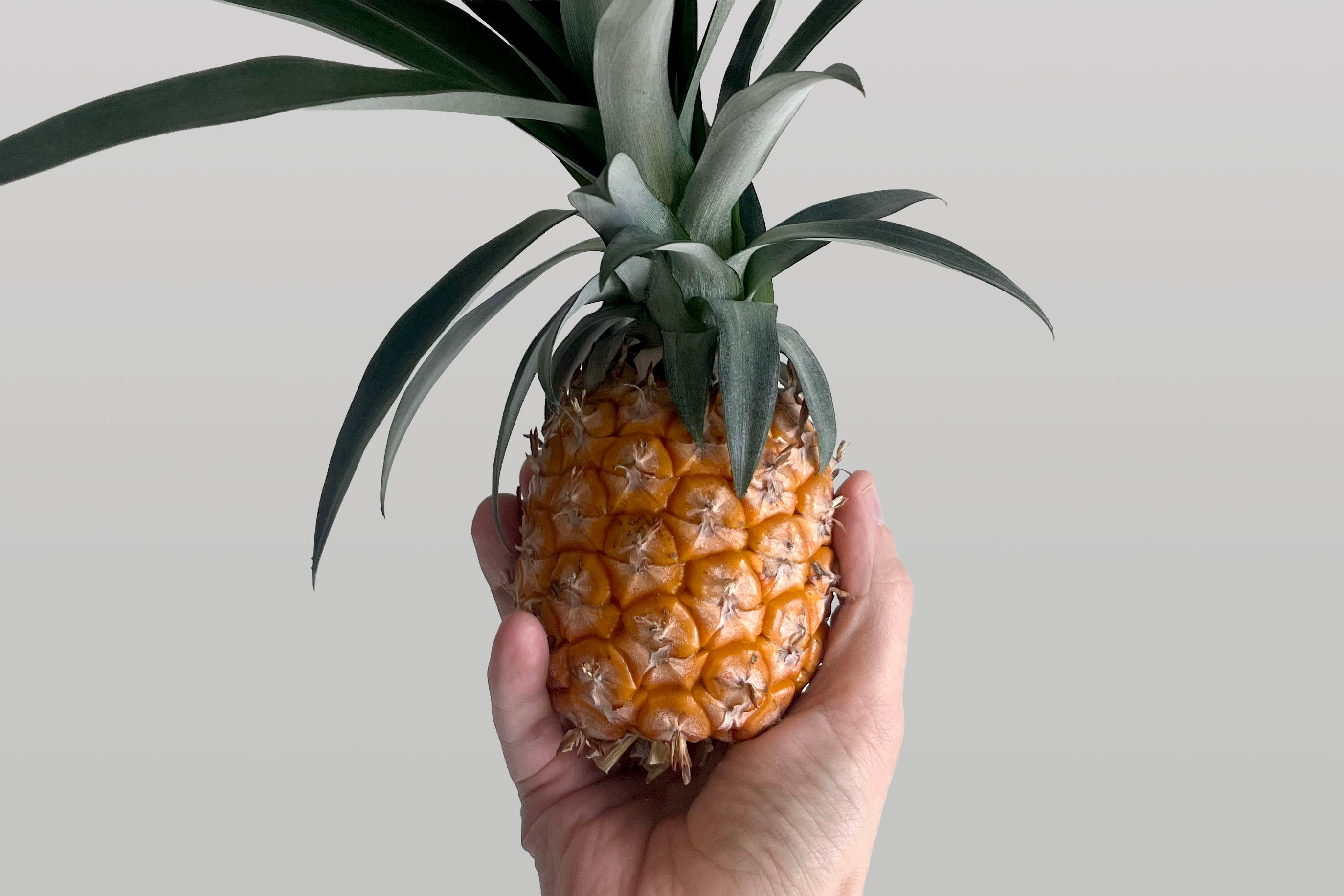
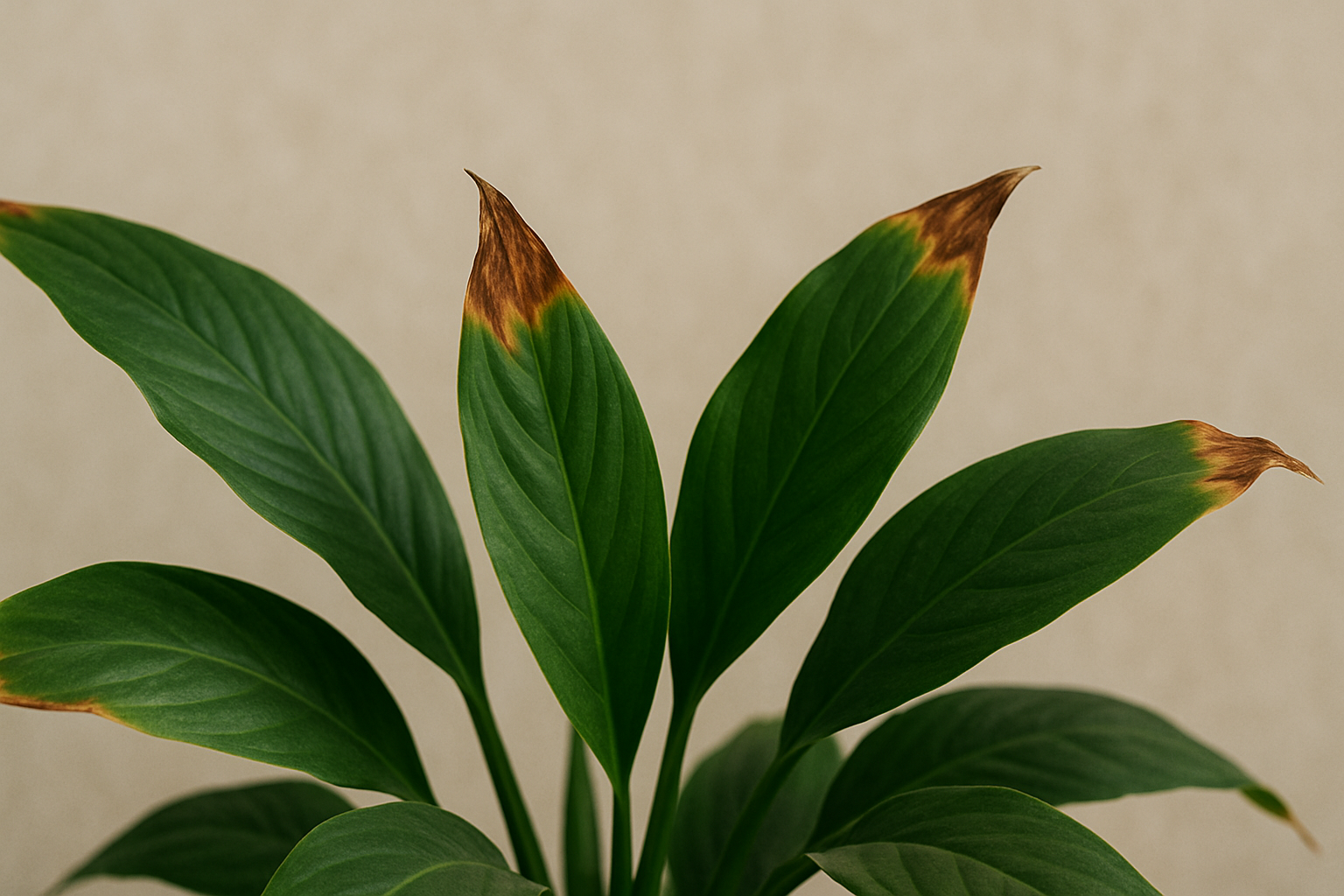
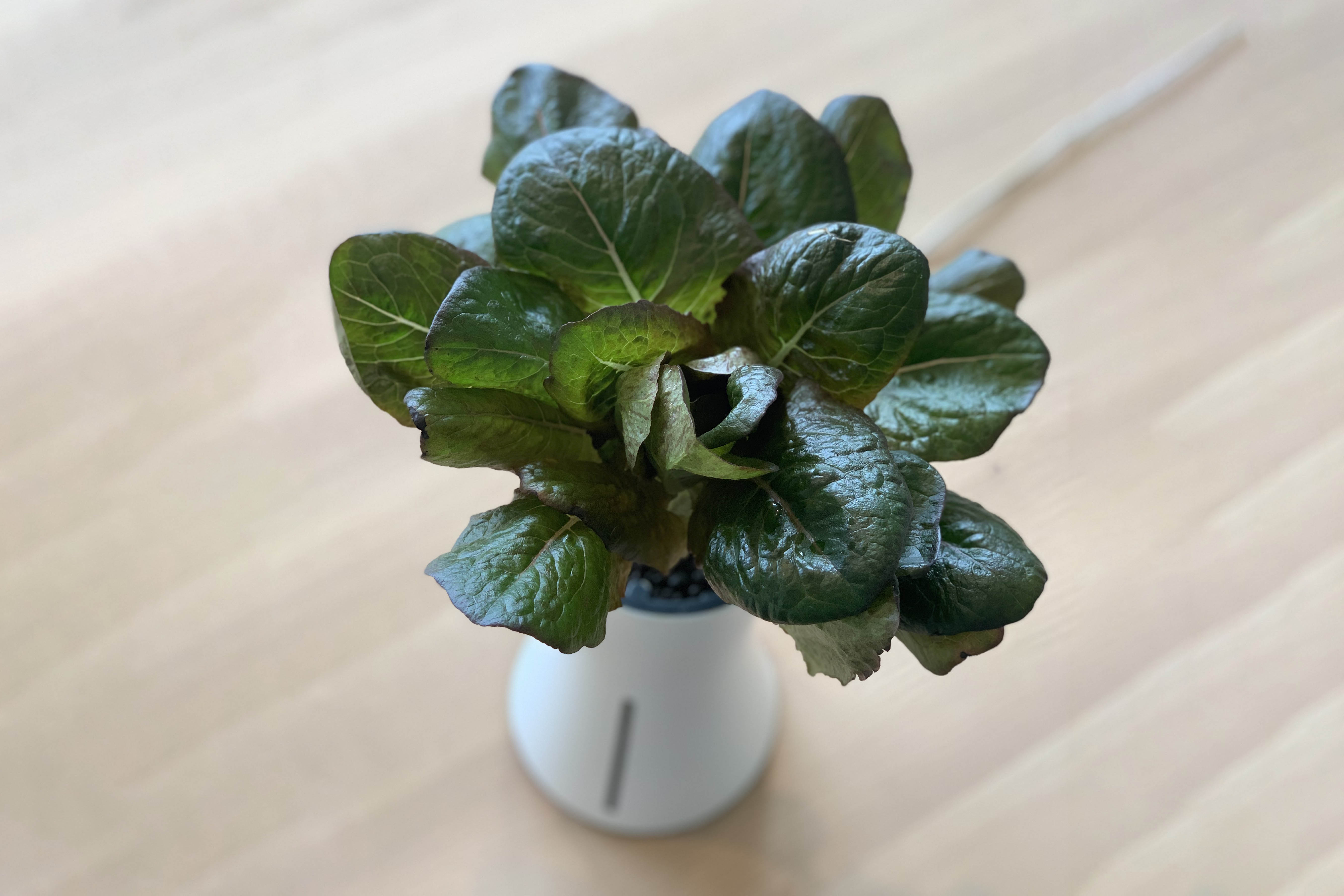
Great article!
Minor point, but something that stuck out, is the use of the Swedish term “cancerogen.” This term hasn’t made its way into English (yet), so the more appropriate term to use is “carcinogen.”
Leave a comment